If your chili is too spicy, don't panic! Here's how to make your chili less spicy with simple, effective fixes that preserve flavor. Whether you're hosting guests or just overdid the heat, these chef-approved methods work instantly—no need to throw out your pot.
In this guide, you'll learn five practical, expert-backed techniques to cool down your chili without losing flavor. From dairy magic to ingredient swaps, we've got you covered.
Table of Contents
- Use Dairy to Douse the Fire
- Sweeten the Deal: Add a Touch of Sugar
- Cream It Up with Coconut Milk or Cream
- Bulk It Out with Beans or Tomatoes
- Preventative Measures: Adjust Your Recipe Before Serving
- Buying Guide: Must-Have Ingredients for Spice Control
- Frequently Asked Questions About Reducing Chili Heat
- Final Thoughts: Make Every Bite Perfectly Balanced
1. Use Dairy to Douse the Fire
Dairy products are your best friends when it comes to taming excessive spice in chili. Capsaicin — the compound responsible for the burn in chili peppers — is fat-soluble, which means it binds well with fats and oils rather than water.
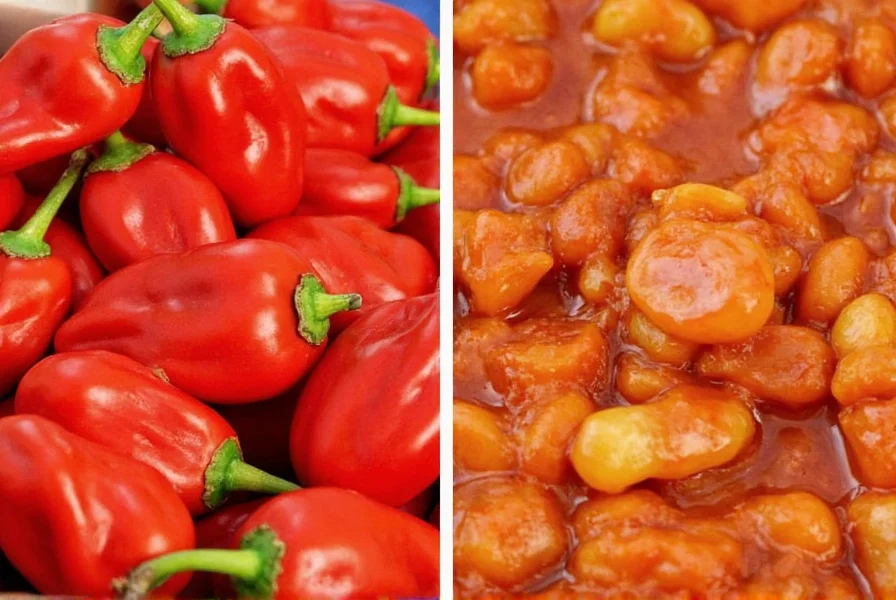
- Milk: A splash of regular milk can help neutralize the heat. Whole milk works better than skim because of its higher fat content.
- Sour Cream: Stirring in a spoonful of sour cream cools things down while adding a creamy texture and tangy flavor.
- Cheese: Melting some cheese (like cheddar or Monterey Jack) into your chili helps absorb some of the spiciness while enhancing richness.
Pro Tip:
If you're lactose intolerant, consider using full-fat coconut milk or almond milk with a bit of oil added to mimic the effect of dairy fats.
2. Sweeten the Deal: Add a Touch of Sugar
Adding sweetness might sound odd at first, but sugar is a classic counterbalance to spice. Think of it as creating a sweet-heat harmony instead of letting the heat dominate.
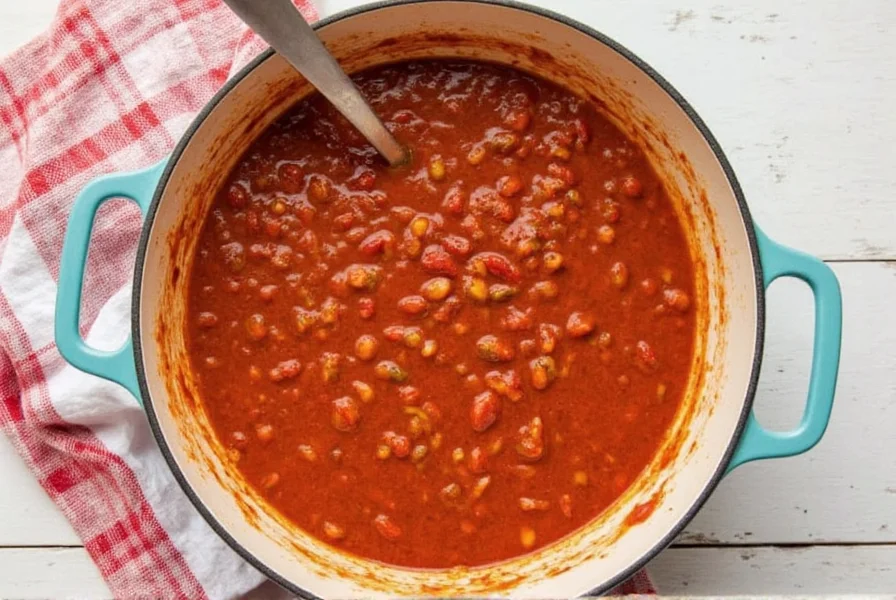
You don't need much — just a teaspoon or two of:
| Sweetener | Flavor Profile | Best For |
|---|---|---|
| Granulated Sugar | Neutral | Classic chili, no flavor interference |
| Brown Sugar | Molasses undertones | Smoky or beef-based chilis |
| Honey | Floral, natural | Vegan or plant-based chilis |
3. Cream It Up with Coconut Milk or Cream
For those who prefer vegan options or want a tropical twist, coconut milk is a fantastic tool for reducing spiciness. Its high fat content works similarly to dairy by binding capsaicin molecules and reducing their impact on your taste buds.
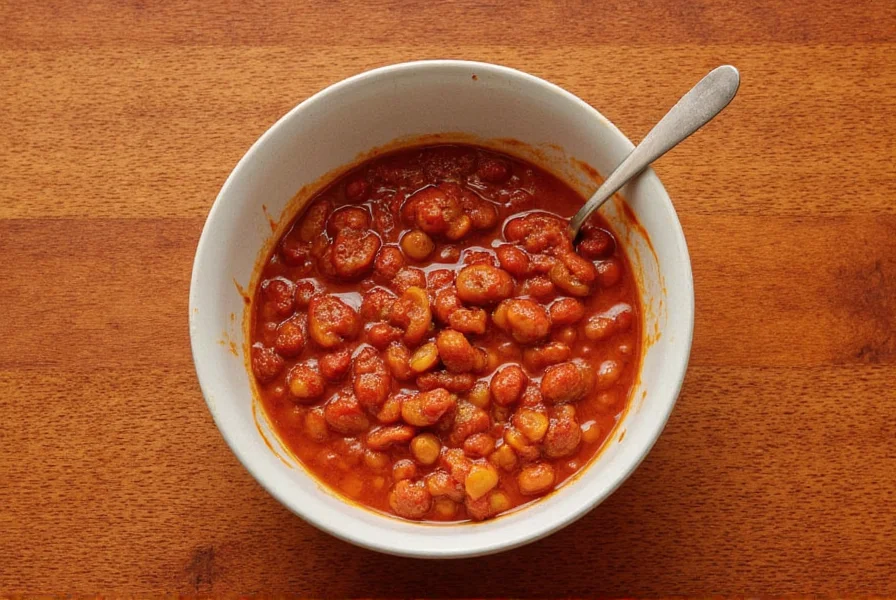
Why Coconut Milk Works:
- High in medium-chain triglycerides (MCTs) that dissolve capsaicin
- Adds a subtle sweetness and richness
- Perfect for curries, Thai-inspired chilis, or plant-based dishes
Stir in about ¼ cup of full-fat coconut milk per serving, or adjust to taste. If you want extra creaminess without altering the flavor too much, use coconut cream instead.
4. Bulk It Out with Beans or Tomatoes
Another clever way to reduce the perceived heat in your chili is to increase the volume of non-spicy ingredients. Adding more beans, tomatoes, or even cooked grains dilutes the concentration of spicy elements.
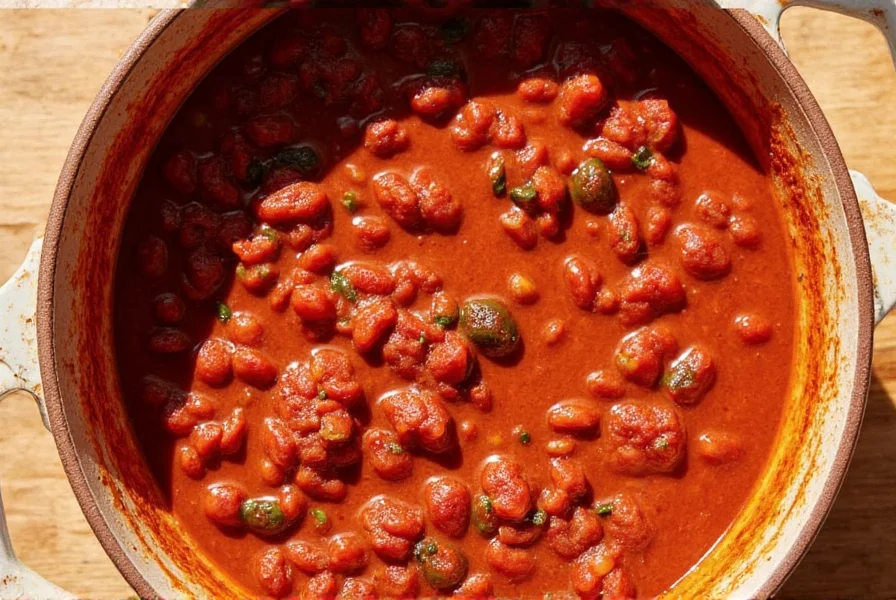
Ingredients That Help Dilute Spice:
- Black Beans: Earthy and rich, they balance both heat and salt.
- Red Kidney Beans: Classic in chili con carne; their texture and mild flavor help buffer the heat.
- Diced Tomatoes: The acidity cuts through spice and adds freshness.
- White Rice or Quinoa: Great for padding out the dish if you're close to serving time.
5. Preventative Measures: Adjust Your Recipe Before Serving
While it's easier to fix a chili after it's cooked, being proactive can save you from having to fix it later. Here's how you can control spice levels before it ever hits the table:
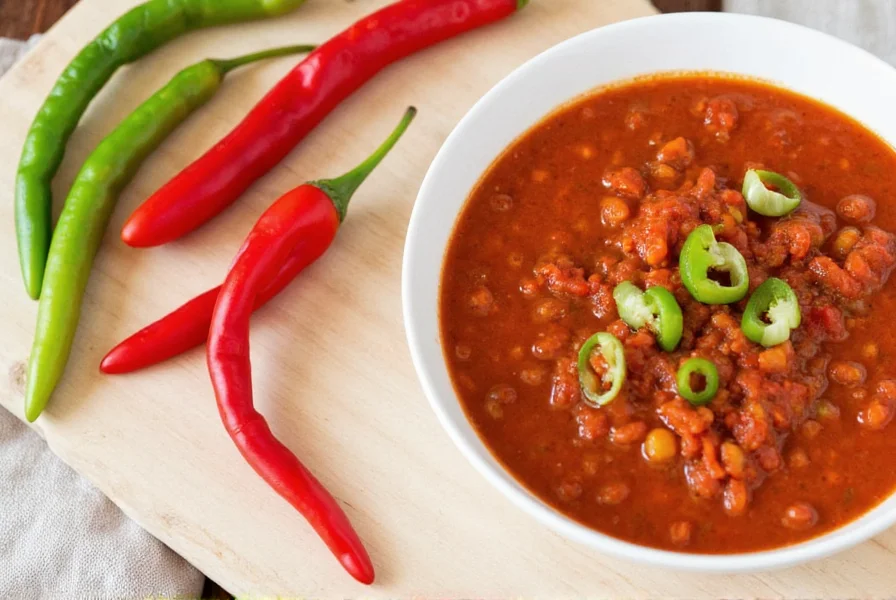
- Taste As You Go: Add spices gradually, especially when working with fresh chilies or cayenne pepper.
- Seed the Peppers: Most of the heat lives in the seeds and white membranes — removing them drastically reduces spice levels.
- Choose Milder Chilies: Use bell peppers or Anaheim chilies instead of jalapeños or habaneros.
- Dilution During Cooking: Add broth or water gradually during cooking to manage thickness and intensity.
Spice Control Buying Guide: What to Keep in Your Kitchen
If you love playing with spices but hate the aftermath of overdoing it, here's a list of essential pantry items that will help you keep your chili cool and balanced every time.
| Product | Features | Advantages | Use Case | Target Audience | Suitable Occasions |
|---|---|---|---|---|---|
| Full-Fat Coconut Milk | Rich, creamy texture; high fat content | Neutralizes heat without overpowering flavor | Vegan chilis, Thai-inspired recipes | Plant-based cooks, spice-sensitive eaters | Dinner parties, meal prep |
| Sour Cream | Tangy, thick consistency | Immediate cooling effect | Chili bowls, toppings | Families, casual dinners | Game day snacks, family meals |
| Granulated Sugar | Neutral flavor, easily dissolves | Balances heat and acidity | All types of chili | Home cooks, beginners | Weeknight dinners, potlucks |
| Coconut Cream | Thicker than coconut milk | Great for rich, hearty chilis | Slow cooker chilis, stews | Experienced cooks, foodies | Dinner dates, gourmet meals |
| Black Beans | High fiber, earthy flavor | Dilutes spice naturally | Tex-Mex dishes, vegetarian meals | Vegetarians, health-conscious eaters | Meatless Mondays, packed lunches |
Frequently Asked Questions About Reducing Chili Heat
How do I fix chili that's too spicy immediately?
The quickest fixes are adding dairy (like sour cream or milk) or a small amount of sugar. Start with 1-2 tablespoons of sour cream per serving, or 1 teaspoon of sugar, and stir well. Taste and repeat if needed. These methods work within minutes without requiring additional cooking time.
Does sugar really make chili less spicy, or does it just mask the heat?
Sugar actively counteracts spiciness rather than just masking it. Capsaicin (the compound that makes chili peppers hot) interacts with sweetness receptors in your mouth, creating a balancing effect. Scientifically, sugar molecules help disrupt how capsaicin binds to pain receptors, genuinely reducing the perceived heat rather than just covering it up.
Will adding more ingredients change the consistency of my chili?
Yes, adding bulk ingredients like beans or tomatoes will make your chili less concentrated, but this is usually desirable when reducing spiciness. If you're concerned about consistency, simmer the chili for 10-15 minutes after adding extra ingredients to allow flavors to meld and excess liquid to reduce. For dairy additions, they'll naturally thicken the chili slightly while cooling the heat.
Can I fix overly spicy chili the next day?
Yes! In fact, chili often tastes better the next day as flavors meld. To fix overly spicy chili that's been refrigerated, simply reheat it gently and apply any of the methods mentioned in this article. The capsaicin remains active even after refrigeration, so dairy, sugar, or bulk additions will work just as effectively on day two as they would immediately after cooking.
Why does dairy help with spicy food but water makes it worse?
Capsaicin is fat-soluble, not water-soluble. Dairy products contain fats that bind with capsaicin molecules, helping to wash them away from your taste receptors. Water, being mostly water, actually spreads the capsaicin around your mouth without neutralizing it, which is why drinking water often makes spicy food feel hotter. The casein protein in dairy also specifically helps break down capsaicin compounds.
Final Thoughts: Make Every Bite Perfectly Balanced
Knowing how to make my chili less spicy is a culinary superpower that turns kitchen disasters into delicious victories. Whether you reach for a dollop of sour cream, stir in some coconut milk, or add a pinch of sugar, the goal is always balance — not blandness.
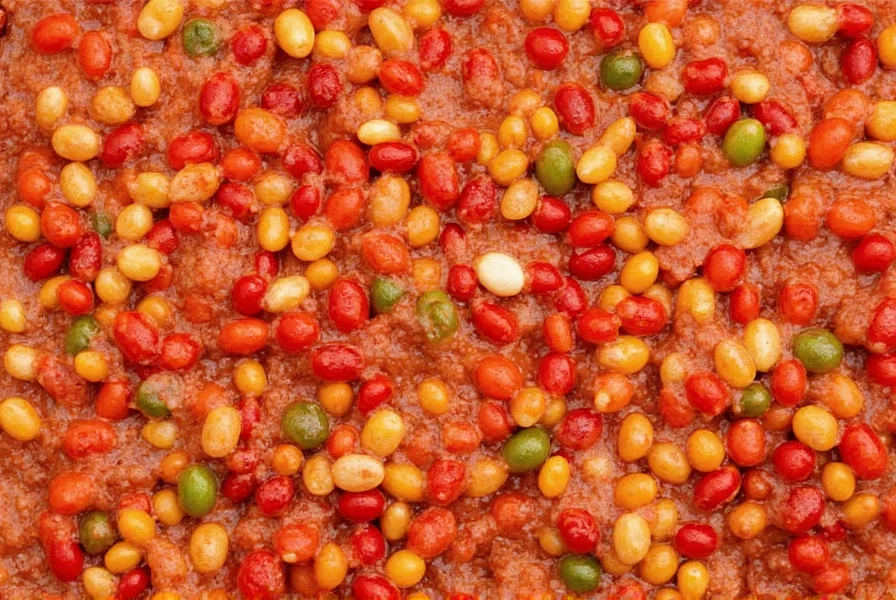
With these tips in your back pocket, you'll never have to throw away a pot of chili again. And remember: spice is personal, so feel free to experiment until you find the perfect heat level for your taste buds and your guests' palates.
Got a favorite trick to tame the fire? Drop it in the comments below — let's build a community of chili lovers who know how to handle the heat!

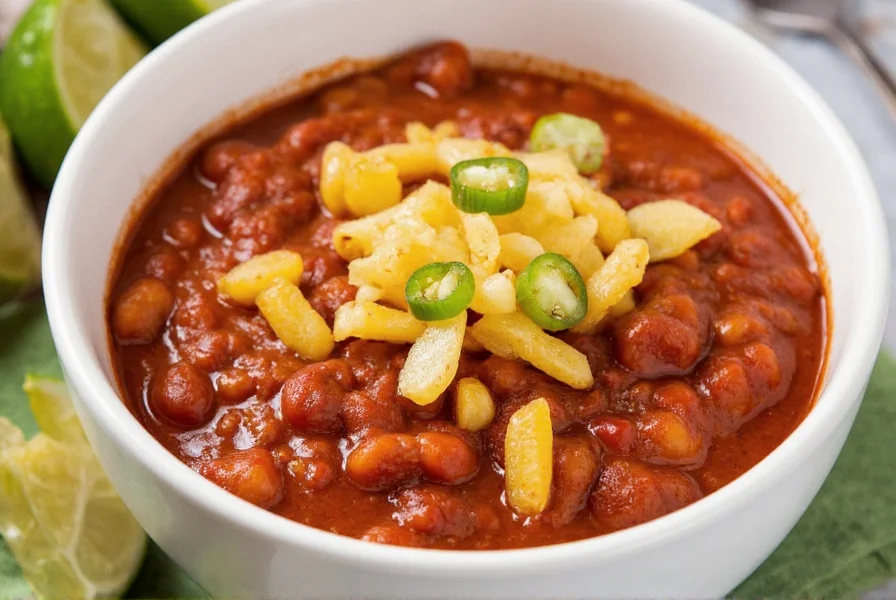









 浙公网安备
33010002000092号
浙公网安备
33010002000092号 浙B2-20120091-4
浙B2-20120091-4